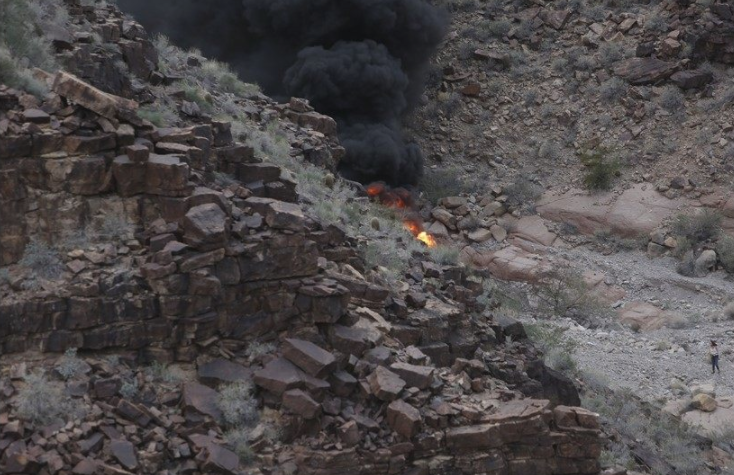The National Transportation Safety Board confirmed Monday it will take a very close look at the fuel system of a helicopter that crashed in the Grand Canyon.
“There is evidence of a post-crash fire,” said NTSB investigator Stephen Stein.
Three people died in the crash. Four others survived with serious injuries that include burns.
The helicopter, operated by Papillon Airways in Las Vegas, was an EC-130 B4. The helicopter model is not required by the Federal Aviation Administration to have a crash-resistant fuel system onboard.
As 9Wants to Know has outlined since a 2015 Flight for Life crash in Frisco, Colorado, most helicopters in use today have fuel systems that remain vulnerable to rupturing after otherwise survivable crashes.
The Frisco crash resulted in a fire that left flight nurse Dave Repsher with burns on more than 90 percent of his skin.
Two weeks ago, Airbus Helicopters and Air Methods agreed to pay Repsher $100 million to settle a case that had been set to begin in March.
While it will likely take until 2019 at the earliest for the NTSB to issue an official cause for the Grand Canyon crash, Stein said Monday his investigative team will examine the aircraft’s fuel system closely effort to determine if its design led to the burns suffered by the survivors or if it contributed to the deaths of the pilot and two passengers.
9Wants to Know found more than 170 fatal helicopter accidents that resulted in post-crash fires since 1994.
“The crash-resistant fuel system is a very important part of this investigation, something we are taking very seriously and looking at very closely,” Stein said.
PREVIOUS COVERAGE:


